Global Outsourcing: Advantages, Challenges, and Legal Aspects
VerifiedAdded on 2020/04/01
|5
|894
|63
Report
AI Summary
This report provides an overview of global outsourcing, focusing on IT outsourcing (ITO). It covers the advantages of ITO, such as reduced costs, access to external markets, enhanced efficiency, improved skills, and faster business processes. The report also delves into the challenges of ITO, including infrastructural issues, market competition, and the dynamic nature of the IT industry, which can affect outsourcing and maintenance. Furthermore, it addresses legal frameworks, contracts, and common legal challenges related to third-party involvement, such as IP regulations, labor law differences, and data management. The report highlights the importance of business contracts, legal requirements, and ethical considerations for successful ITO implementation, emphasizing the need for a comprehensive framework to manage risks and ensure compliance. The report refers to the work of Bharadwaj & Chen (2017), Ashri, Kotlarsky, Willcocks (2015), Hammer (2015), Love & Hoper (2015), Dhar (2012), Martin (2016), Marion & Fiar (2012), Yu (2011), Krutz, & Vines (2010), and Liedtka & Ogilvie (2011) to support its arguments.
1 out of 5
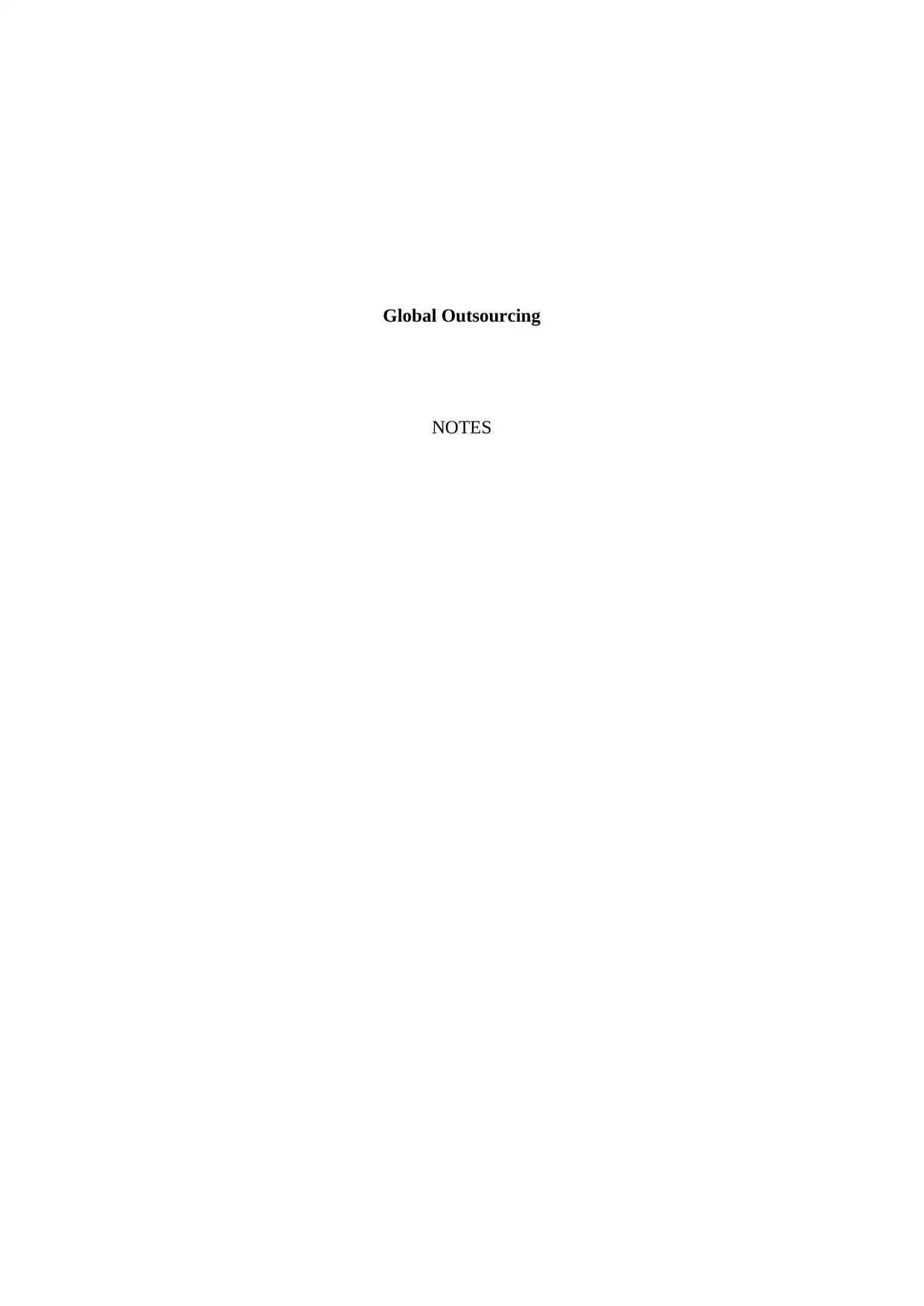
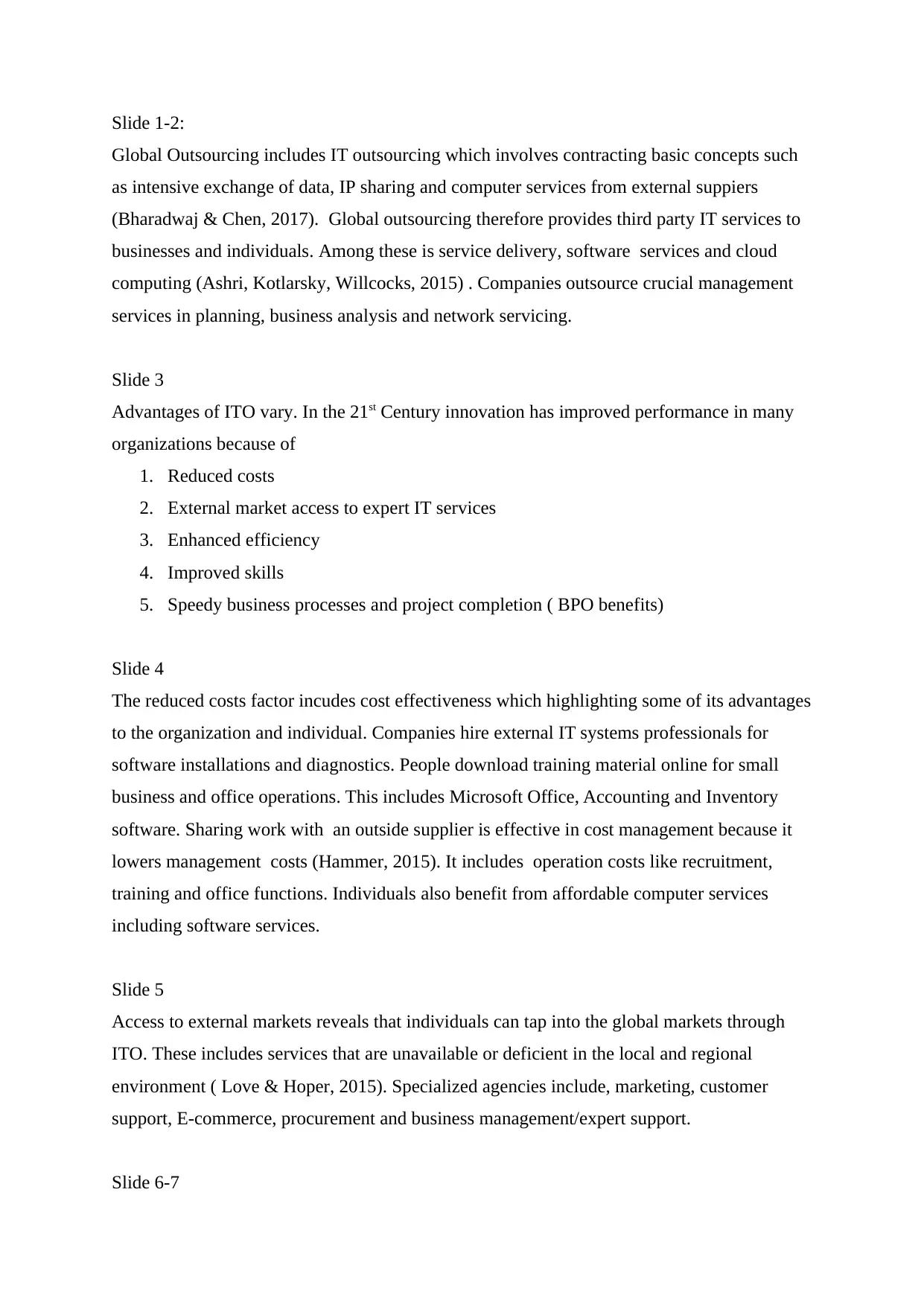
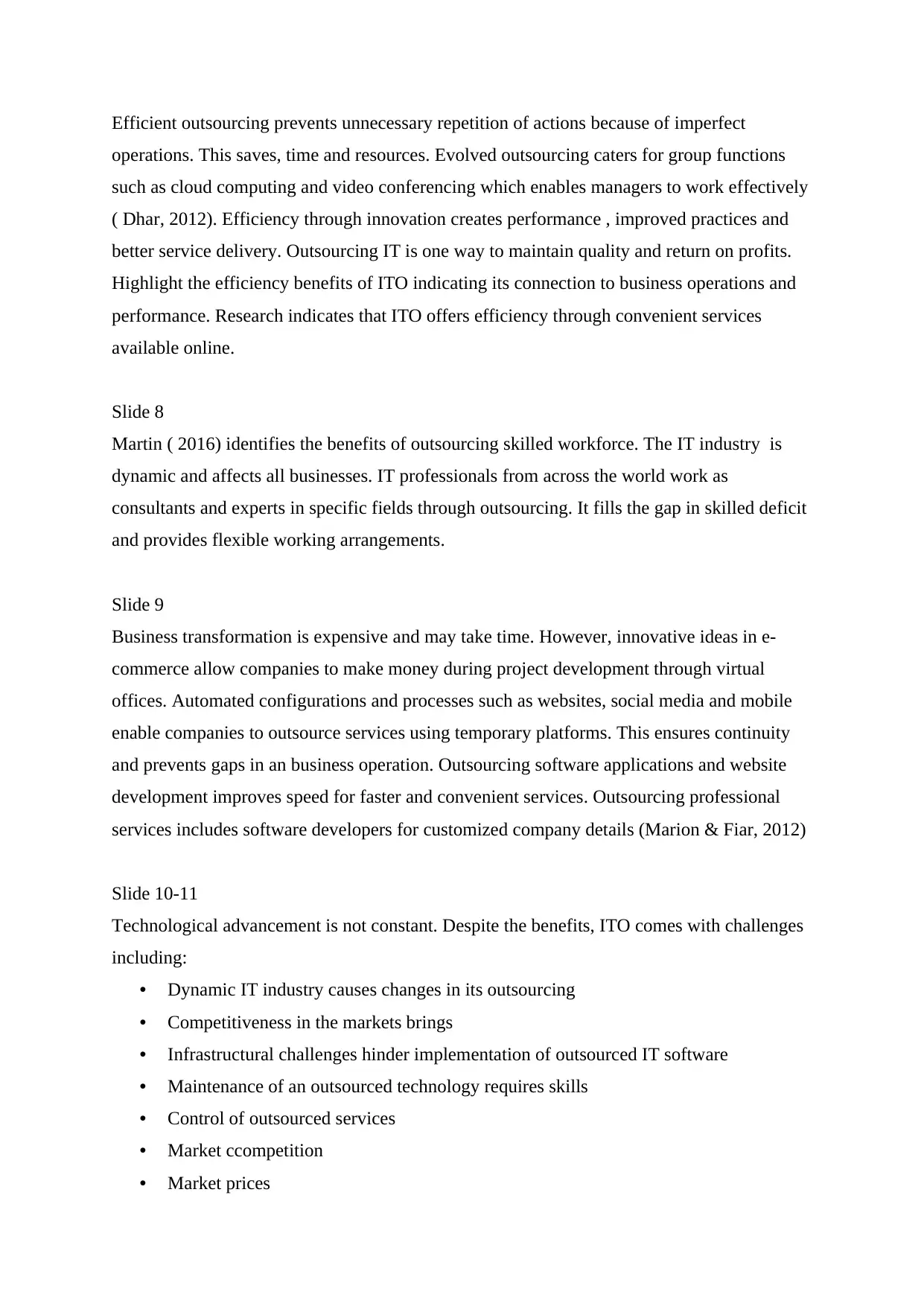

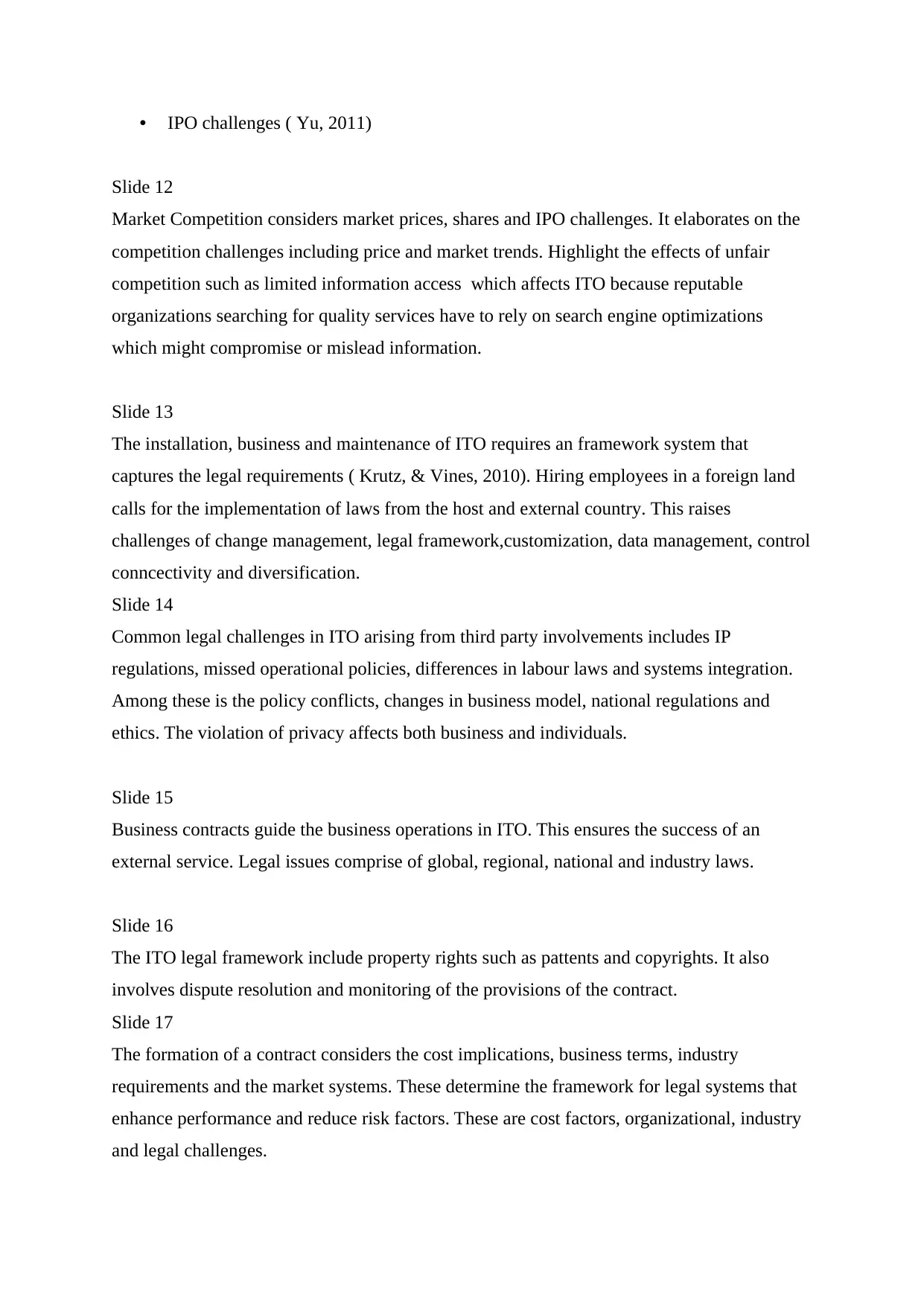
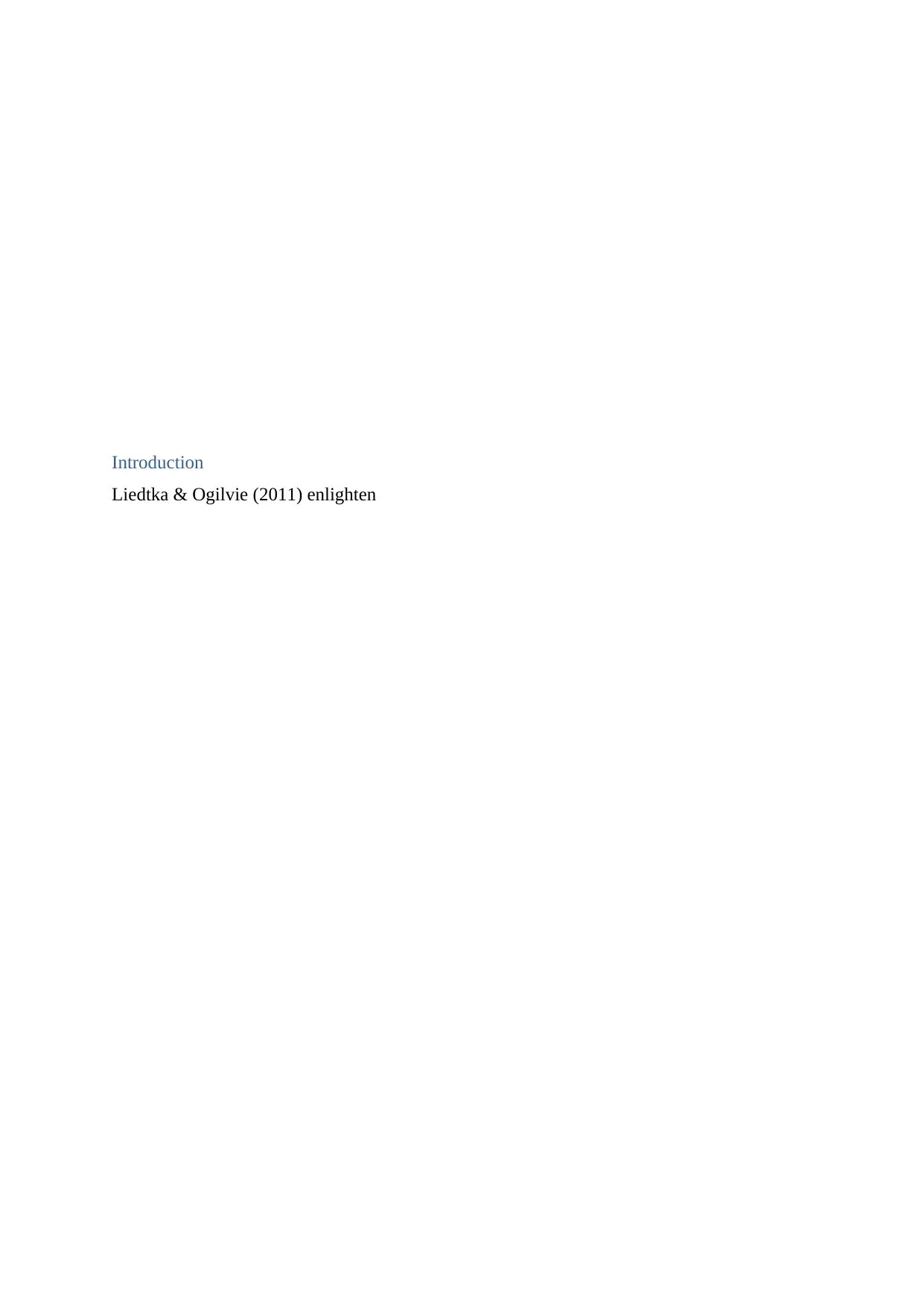





![[object Object]](/_next/static/media/star-bottom.7253800d.svg)